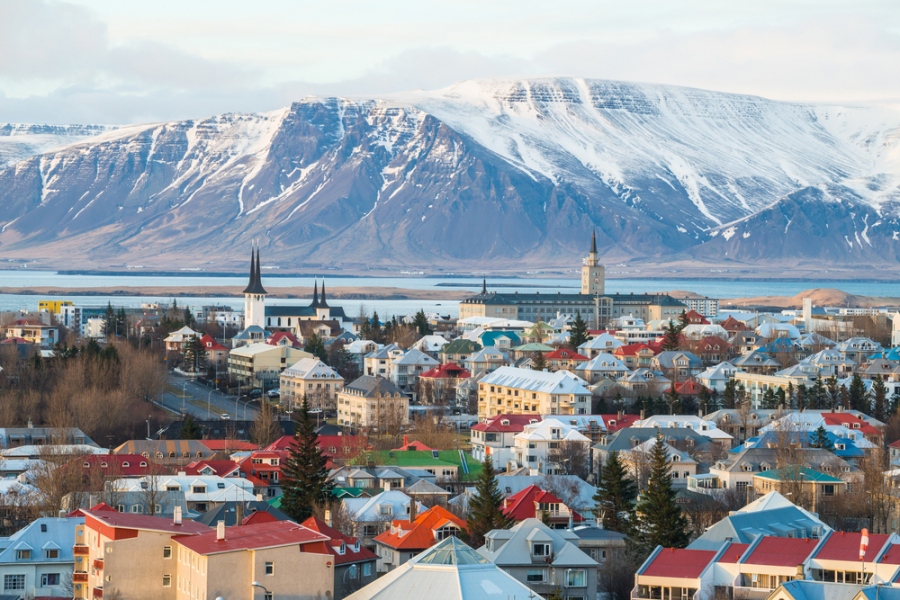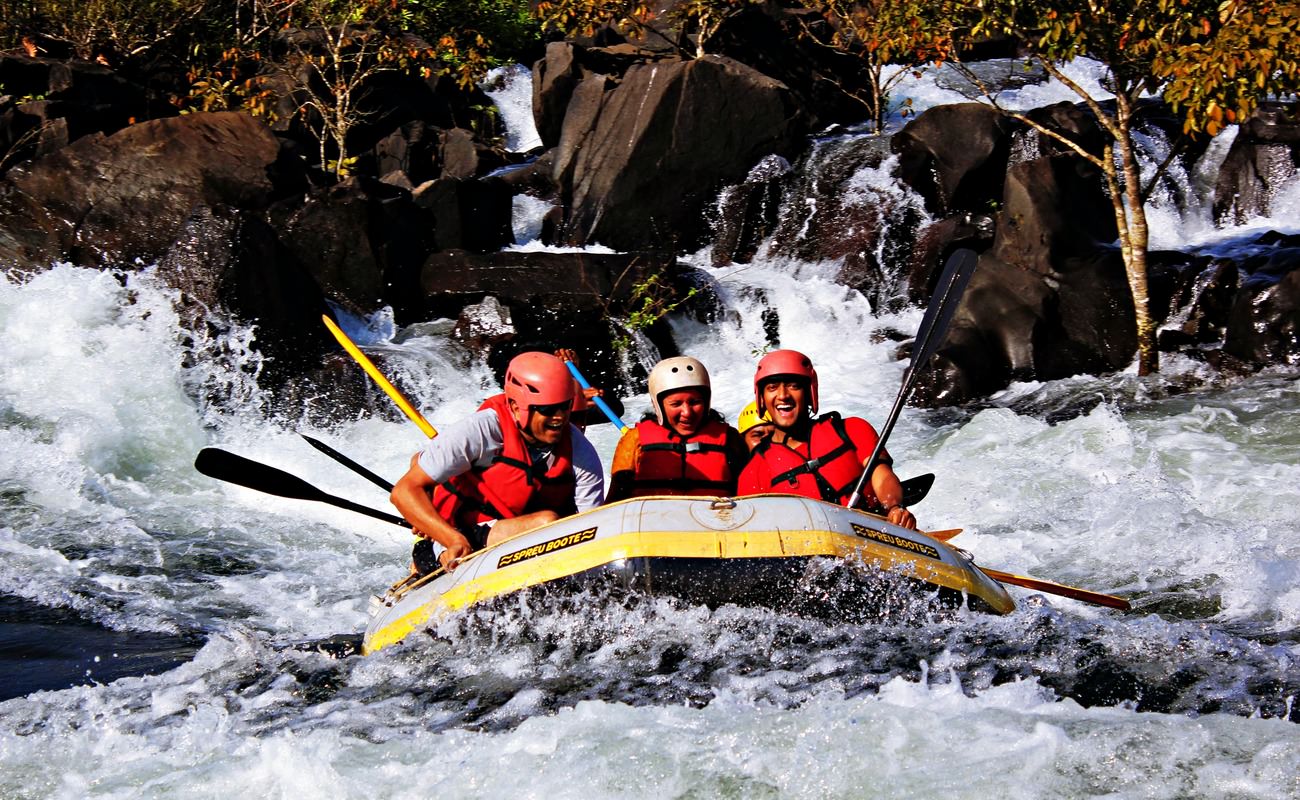When people think of Iceland, they probably picture a country surrounded by snowy landscapes. However, the government has a wide range of weather conditions. The shoulder season, between May and September, is a great time to visit Iceland. It offers fewer crowds and better prices than the high season.
January
Researching and understanding Iceland weather for each month is essential before booking a trip. Winter is a particular time to visit Iceland as snow blankets the landscape, creating an incredible contrast with its volcanic geological features. However, temperatures drop below zero, and wind chill can make it feel even colder. May and September are the shoulder season when you’ll see fewer tourists and enjoy warmer weather. It’s also the best month for bird-watching and Northern Lights spotting.
February
This month marks the beginning of spring, with Reykjavik thawing out and birdlife starting to wake up. It’s also a good time for Northern Lights photography vacations with the extra activity of geomagnetic storms that can make them more lively than usual. Summer is Iceland’s peak season, and it can feel crowded at popular attractions. However, the days are long, and hiking and camping are at their best. If you are planning a self-drive tour, this is the best time. Just remember to pack lots of warm layers.
March
Icelanders celebrate the vernal equinox in March when the days start to lengthen. The weather can still be chilly and snowy, but it’s also the perfect time to participate in winter activities like ice caving and snowshoeing.
Peak season runs from June to August and attracts the most visitors. This is a great time to experience the midnight sun and when many hiking trails open. Shoulder season is May, September, and October, offering fewer bird-watching crowds or spotting northern lights.

April
It’s possible to see the Northern Lights in April, but you will need complete darkness and a good sky. It’s also when the roads clear and the Icelandic music scene starts. Puffins begin to return and can be seen on cliffsides while whale-watching tours are in full swing. With few people around, road trips are easy and an excellent opportunity to see the country before the summer crowds arrive. The weather can still be unpredictable, though. It could be glorious sunshine one moment and torrential rain the next.
May
It’s starting to look like summer, with the days growing longer. You’ll find it’s still cool enough for some hiking and camping, and the weather is generally stable.
May marks the beginning of whale watching season when over two dozen species can be spotted off Iceland’s coast. You’ll also be able to skip the crowds on small group tours that explore off-the-beaten-path attractions, such as Jokulsarlon glacial lagoon. Be sure to bring a waterproof jacket and be prepared for sudden weather changes, from pure sunshine to arctic snowstorms!
June
Iceland is a trendy destination. This beautiful country’s foreign visitors have quadrupled in just six years.
Summer is peak season, so you’ll see many more tourists. If you’re on a self-drive tour, this might make it harder to navigate the more remote regions.
However, it’s a great time for landscape photographers and northern lights spotting. It’s also when whale-watching tours begin again.
July
May and September offer lower prices, fewer crowds, and milder temperatures but do bring the risk of sudden weather changes. Visiting popular destinations like the Blue Lagoon or Jokulsarlon glacial lagoon can still be enjoyed during this time. Still, you’ll need more time to explore Iceland’s interior and more minor roads.
The peak season kicks off in July when cruise ship visitors and locals enjoy summer festivals and warm weather inland. It’s also an excellent month for hiking, camping, and self-drive adventures. It’s also a great time for wildlife lovers as humpback whales hunt on the Westfjords sea cliffs.
August
The summer tourist season peaks in August and crowds gather at popular attractions. This is one of the best times to see northern lights in Iceland while hiking and camping conditions remain good (though fewer trails are open). You’ll also find puffin-watching tours in full swing before these birds head south for the winter. Pack lots of layers, including a waterproof medium-warmth jacket. The weather can turn quickly.
September
It can go from pure sunshine to sleet or snow all in one day, so it’s best to be prepared. A waterproof medium-warmth jacket and a windproof hat and gloves are essential.
Icelanders emerge from winter in May, and bars fill with people enjoying the cool sunshine. Birds flock to river valleys and sea cliffs, and whale-watching tours head out looking for minke and humpback whales. The camping and hiking window also opens in June, with long days of daylight.
October
If you want to do a self-drive tour of Iceland, summer is the best time. The long days make it easy to pack in a lot of sightseeing.
But be careful when driving. Icelanders are very passionate about road safety and get irritated when tourists pull off the roadside for photos.
Winter visitors experience snow-dusted scenery and a chance to see the Northern Lights. Plus, the main attractions stay open, and it’s less crowded. Just be sure to bring plenty of warm clothing.




